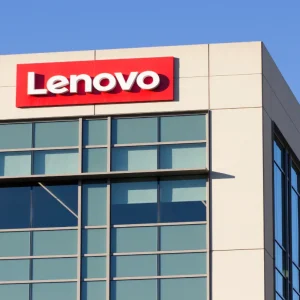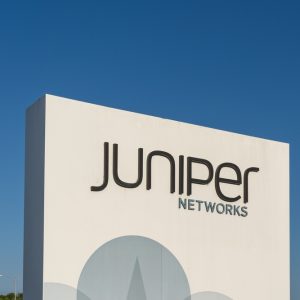"There’s no getting around the fact that the move to IP-networks with LTE is fundamentally changing the way that service providers are organising their networks. The increased reliance on packet-switching means that mobile network operators (MNOs) are becoming more and more like traditional IT businesses in their infrastructure. It would be no surprise to me if service providers were to become the largest users of cloud technology in the next year or so as they increasingly look to virtualise more of their network. But what does this mean for the future of the network?
We are going to see an increased dependence on Software Defined Networking (SDN) as MNOs look for more innovative ways to monetise their networks. For example, managing quality of service by routing different subscribers’ data traffic to various optimisation tools based on their data plans, without requiring dedicated hardware switches and routers to achieve this. This will almost certainly start to become the norm for LTE in 2014.
Beyond SDN, Network Function Virtualisation (NFV) will be the next stage in MNOs’ journey to the cloud: network operators are tiring of needing to have dedicated hardware for each function in their networks. They want to virtualise the hardware.
In a more traditional network infrastructure, operators would have a ‘Box A’ from Vendor Y doing routing, ‘Box B’ from Vendor X managing the NAT, and so on; every function requiring its own dedicated hardware. Ultimately, the ideal end-game is for operators to rely on virtualised instances of specialised equipment on general computing hardware in a datacentre.
Luckily for MNOs, most of the necessary network functions are already available as virtualised functions; the challenge that many of them will face in the short term is matching the performance of dedicated hardware. However, the rewards for success are potentially massive. Successful NFV would mean that hardware becomes more scalable and virtual machines can be spooled up as and when necessary – using the available network computing power for the tasks that are most needed in real-time, driving down both OpEx and CapEx requirements.
NFV is coming, and the train is already in motion. But while full virtualisation might be further down the tracks it won’t be very long until we see virtualisation of value-added services and optimisation services being deployed commercially. Those service providers that get ahead early stand a good chance of leading the pack for some time to come."
Nathan Pearce, F5 Networks






